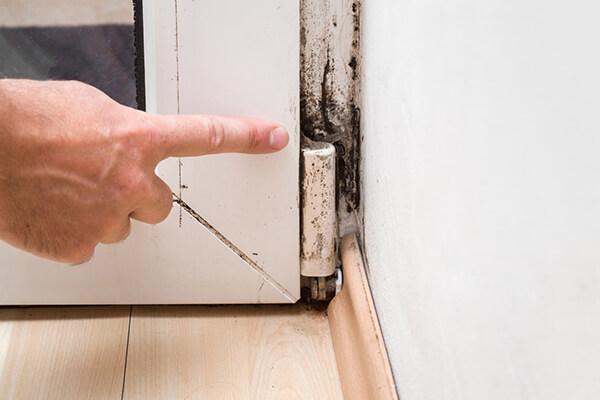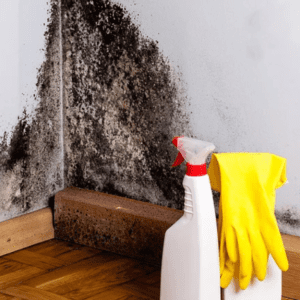Reliable Post Mold Remediation Cleaning Protocols
Reliable Post Mold Remediation Cleaning Protocols
Blog Article
Your Ultimate Guide to Post Mold And Mildew Removal Methods
In the after-effects of mold problem, recognizing exactly how to effectively get rid of the mold and avoid its reoccurrence is critical for keeping a healthy and balanced indoor environment. From selecting the best cleansing and disinfecting approaches to executing approaches for lasting mold and mildew avoidance, each action in the removal trip plays an essential role in making certain an effective result.
Comprehending Post-Mold Removal Process
After completing the mold and mildew remediation procedure, it is important to recognize the post-mold remediation techniques that are essential to guarantee a efficient and extensive cleaning. Once the mold has been removed, the next action entails cleansing and disinfecting the affected locations to stop any regrowth of mold and mildew. This includes making use of specialized cleaning agents to clean down surfaces and kill any staying mold spores. It is vital to dry out the location entirely to dissuade the development of mold and mildew in the future (Post Mold remediation cleaning). Proper ventilation and dehumidification can help in this procedure.
Moreover, carrying out a final assessment post-remediation is essential to make sure that all mold has been effectively removed. This assessment ought to entail a thorough aesthetic check in addition to possibly air sampling to verify the lack of mold and mildew spores airborne. If the evaluation discloses any remaining mold, added remediation may be required. Informing residents on preventive measures such as managing dampness degrees and without delay resolving any water leaks can help maintain a mold-free environment.
Effective Cleaning Up and Sanitizing Methods

Stopping Future Mold And Mildew Development

Significance of Proper Air Flow
Proper air flow plays an essential duty in preventing moisture accumulation, a crucial aspect in mold development within interior environments. Effective ventilation systems help remove excess moisture from the air, lowering the chances of mold and mildew spores finding the wetness they require to spread out and sprout. Without adequate air flow, interior spaces can become a reproduction ground for mold and mildew, leading to potential health and wellness risks webpage and architectural damage.
By making certain correct air circulation, air flow systems can also aid in drying damp areas faster after water damage or flooding events, additionally deterring mold and mildew development. testing air quality after mold remediation. Precede like restrooms, attics, cellars, and kitchen areas where moisture levels have a tendency to be higher, installing and keeping reliable ventilation systems is crucial in avoiding mold infestations

Tracking and Upkeep Tips
Offered the essential duty that appropriate ventilation plays in preventing mold development, it is critical to develop efficient monitoring and upkeep suggestions to make sure the ongoing performance of ventilation systems. Tracking humidity degrees within the residential or commercial property is also essential, Web Site as high humidity can add to mold and mildew growth. By remaining conscientious and positive to the condition of air flow systems, home proprietors can successfully mitigate the threat of mold and mildew regrowth and maintain a healthy and balanced interior setting.
Conclusion
Finally, post-mold removal methods are vital for making sure a risk-free and tidy environment. Understanding the process, carrying out reliable cleaning and sanitizing methods, stopping future mold development, keeping proper ventilation, and normal monitoring are all vital actions in the remediation procedure. By complying with these standards, you can successfully get rid of mold and prevent its return, advertising a healthy living or functioning room for all occupants.
In the results of mold invasion, knowing how to efficiently eradicate the mold and prevent its reoccurrence is paramount for preserving a healthy interior environment. As soon as the mold has actually been gotten rid of, the next step involves cleaning and disinfecting the influenced locations to protect against any regrowth of mold - what to do after mold remediation. After getting rid of visible mold and mildew development, it is critical to cleanse all surfaces in the damaged area to remove any remaining mold and mildew spores. To further improve mold avoidance steps, it is important to attend to underlying concerns that initially led to mold growth.Provided the vital function that appropriate air flow plays in protecting against mold and mildew development, it is important to develop efficient monitoring and upkeep suggestions to make sure the continued performance of ventilation systems
Report this page